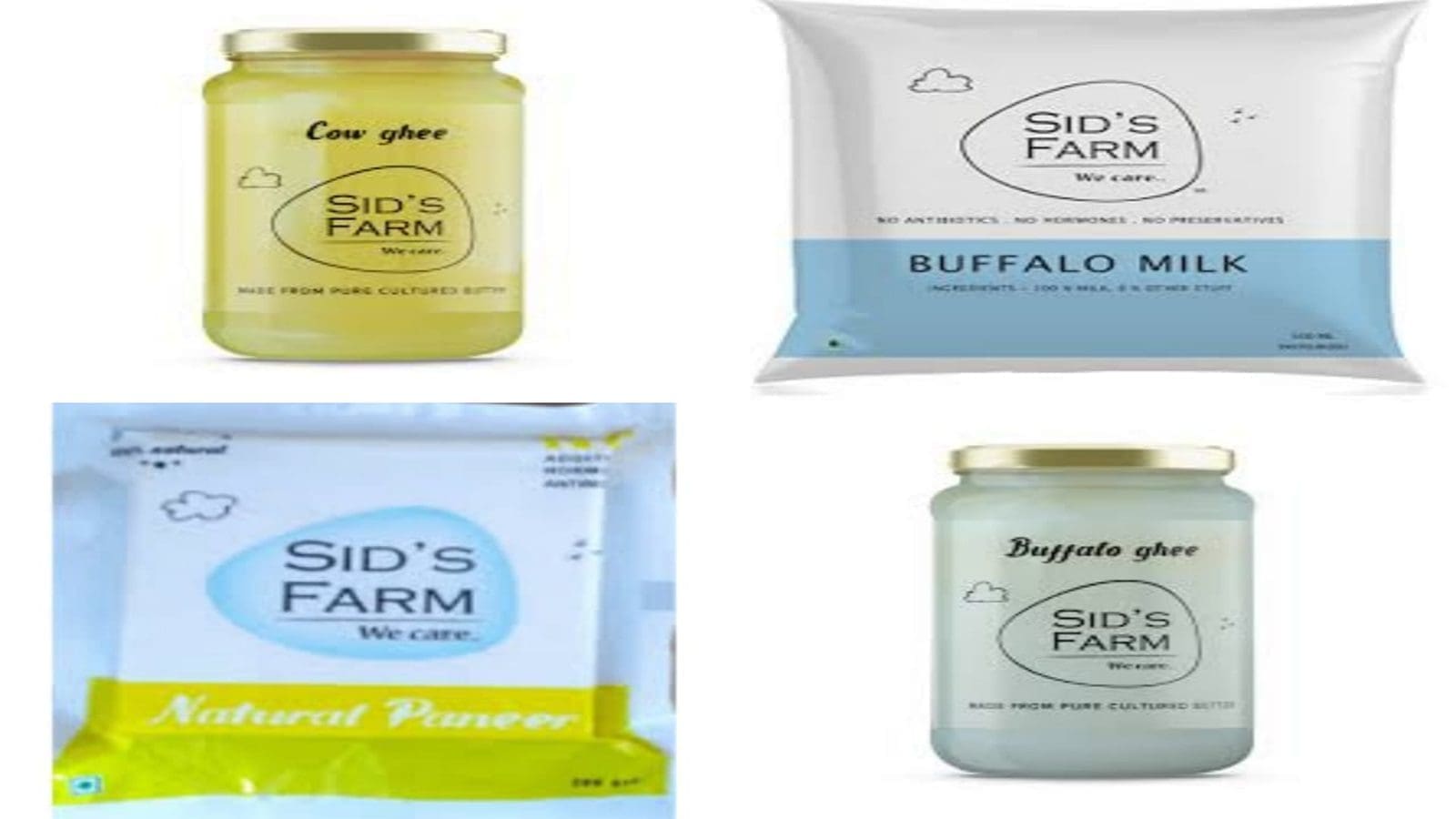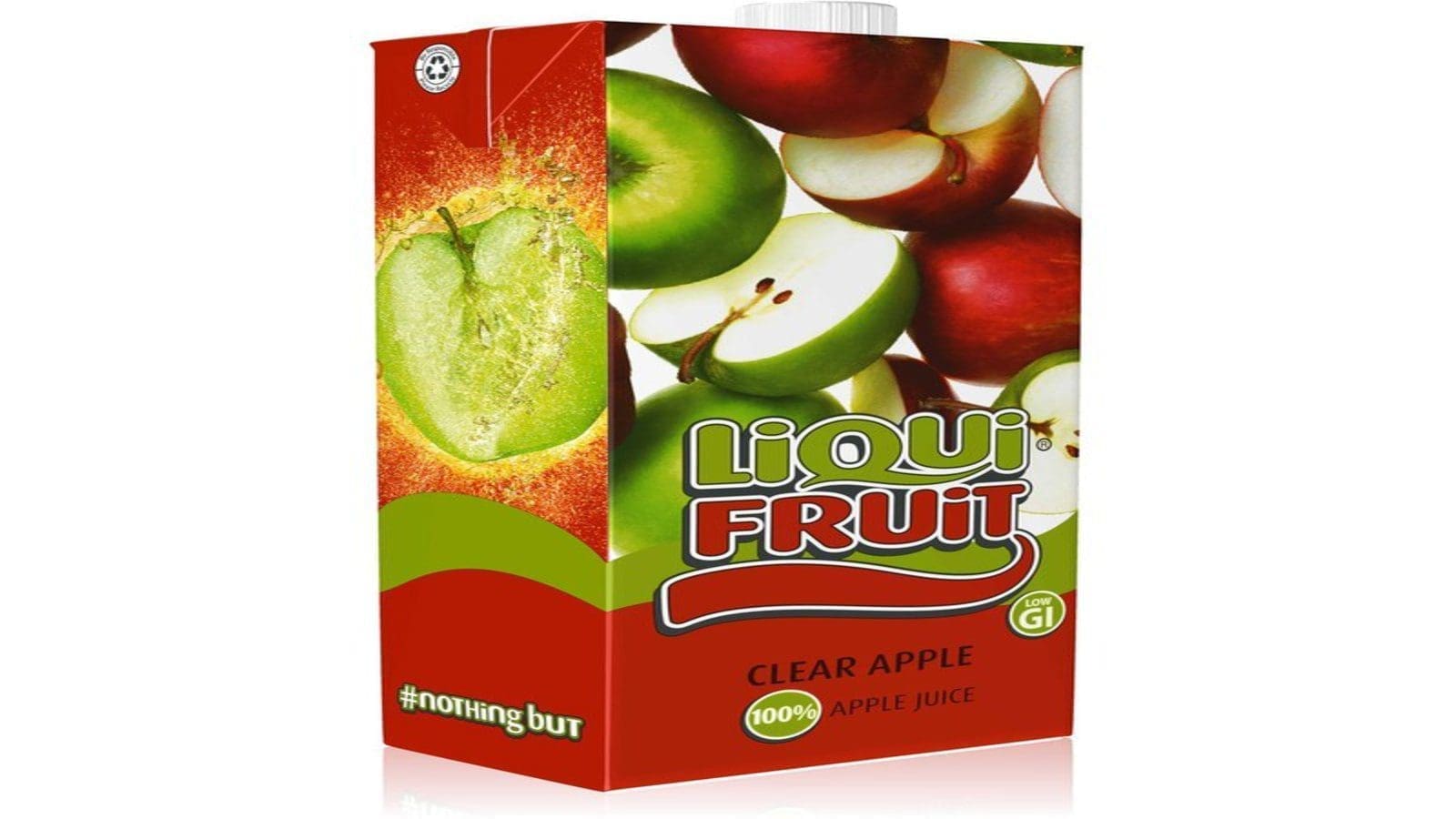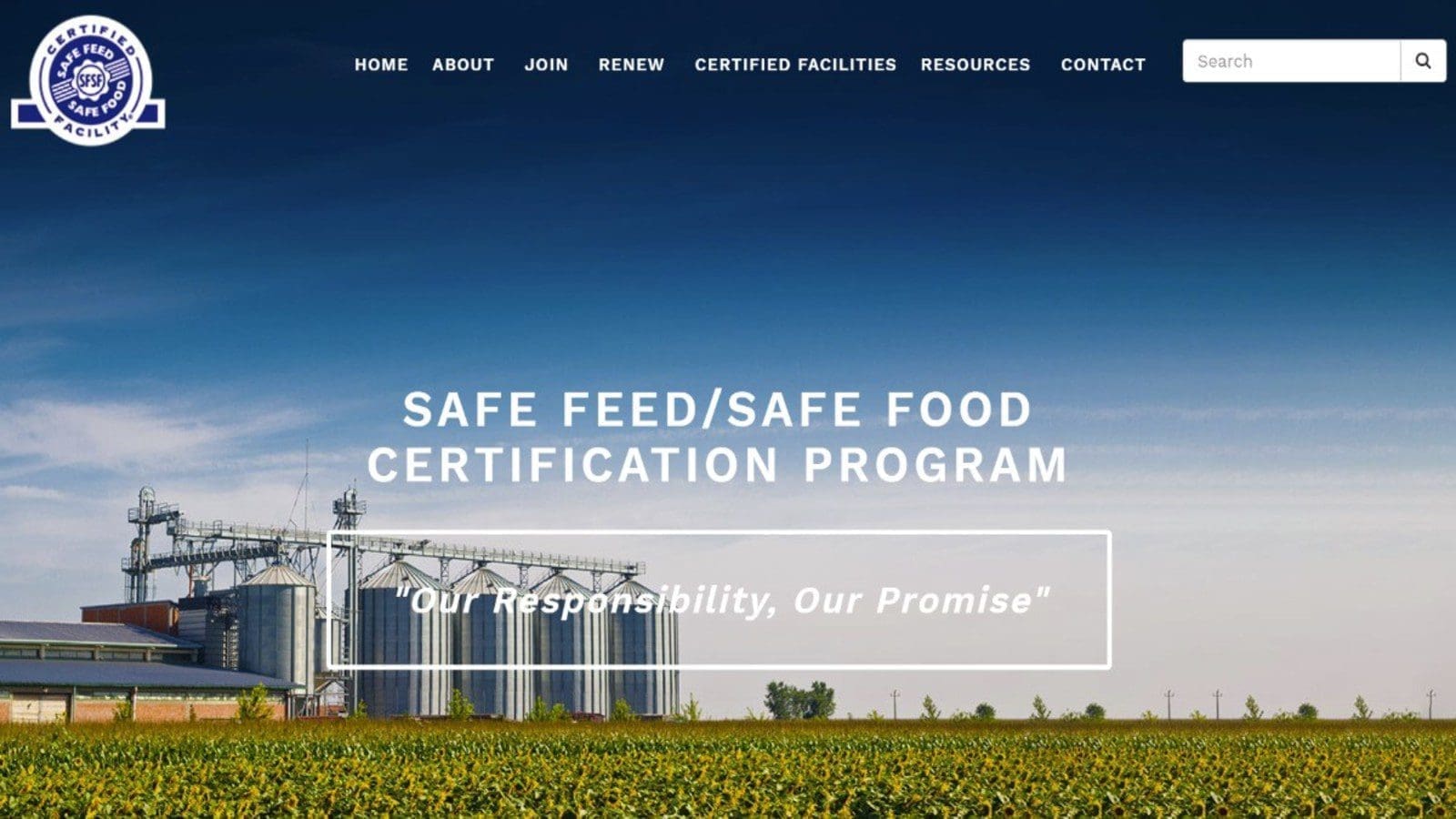DENMARK – The prevalence of Listeria monocytogenes in high-risk RTE facilities remained essentially unchanged between 2016 and 2020, indicating that a Danish initiative to combat Listeria following a big outbreak has proven to be ineffective.
The Danish Veterinary and Food Administration (Foedevarestyrelsen) launched a Listeria awareness campaign in 2015–2016 with informational and educational activities directed at manufacturers of high-risk products, food inspectors, and the general public in response to a 2014 listeriosis outbreak that resulted in 41 cases and 17 fatalities and was brought on by a contaminated RTE spiced meat roll product.
According to a study published in the MDPI journal Hygiene, only a small percentage of companies—17 out of 39 in 2016 and 11 out of 34 in 2020—tested positive for culture. This indicates that the campaign had little to no impact.
The study results also noted 86 listeriosis cases in 2022 compared to 39 in 2016.
A risk communication technique was used in the awareness effort to lessen Listeria.
A total of 777 environmental samples were collected from 53 businesses, and in 2016 and 2020, respectively, 32 and 20 of these samples tested positive for Listeria monocytogenes. In each of the two years, four companies had positive tests.
Each firm received a different quantity of samples, and there were only 20 participating companies in total.
Additionally, testing in 2020 concentrated on the region following heat treatment rather than where raw materials were handled.
From 2016 to 2020, 35 more isolates from regular surveillance were added to the 50 defined by whole genome sequencing (WGS) from 24 different firms.
Five of the ten sequence types that were linked in instances in Denmark during the study period were also detected in the food firms.
Analysis of one strain revealed a 6-year gap between human cases and the possibility that it had persisted in the industrial environment over time.
According to the findings, the same sequence types can be isolated over time from the same organizations.
No matter the year, whether the samples came from the environment or products, the genetic similarity between isolates belonging to the same sequence type and from the same companies was consistent. This suggests that some sequence types are persistent.
“Prevalence of Listeria monocytogenes remained comparable between 2016 and 2020 samplings, which, taken together with the increasing trend in listeriosis cases in Denmark, may indicate that the current risk communication strategy is not working, despite the DVFA’s intensive Listeria awareness campaign and availability of comprehensive information on the agency’s website,” said scientists.
Listeria in Germany
In the meantime, a different study examined German growers of fruits and vegetables for Listeria.
39 producers of soft fruit, vegetables, and prepared raw fruits and vegetables were inspected in Bavaria between July 2020 and June 2021.
Inspections were conducted at the farm, during primary production, and processing.
In order to determine the prevalence of Listeria species, including Listeria monocytogenes, samples of the environment, food, and irrigation and processing water were taken.
A total of 407 samples were collected, comprising 59 samples of food, 229 swab samples from the environment and food contact materials, and 119 samples of irrigation and processing water.
Listeria spp. was found in 51 samples. The study found that Listeria seeligeri was the most often detected species, followed by Listeria innocua, Listeria monocytogenes, and Listeria ivanovii.
Listeria monocytogenes were identified in seven environmental and processing water samples but not in food. These isolates were detected in six different facilities, three at the primary production level, and four at processing plants.
The common isolation area of Listeria monocytogenes was the facility surroundings, especially in different gullies and drains. One processing water sample of a lettuce washing system was positive at the primary production level.
Listeria monocytogenes was discovered in a drain where ready-to-eat salad with products of animal origin (POAO) was processed.
This incident emphasizes the importance of adhering to good manufacturing and hygienic practices, especially when both types of products are processed on the same premises.
Listeria was most prevalent in swab samples. Water and food sample processing and irrigation showed a lower incidence. Twelve samples had multiple varieties of Listeria, as reported by Food Safety News.
The discovery of many Listeria species within the same organization shows that the disease may become a problem if sanitary environmental handling is disregarded, according to researchers.
“In addition to water sources and quality, this study demonstrates that irrigation regime, cultivation, hygienic handling, and maintenance protocols are highly important to reduce the potential contamination of ready-to-eat soft fruits and vegetables with Listeria,” they added.
For all the latest food safety news from Africa and the World, subscribe to our NEWSLETTER, follow us on Twitter and LinkedIn, like us on Facebook and subscribe to our YouTube channel.








